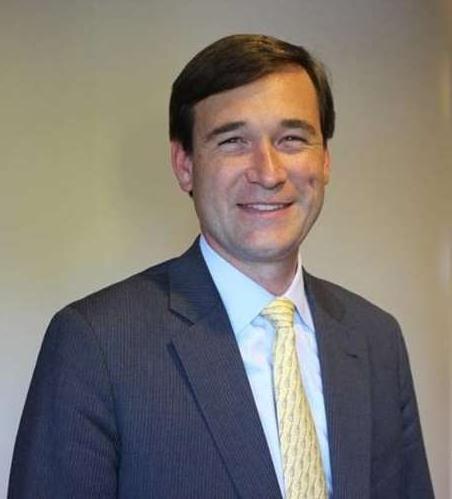Features
Guest Post: All Signs Point To A Blockbuster Touring Season This Year

null – Andrew Kintz
The First Tennessee Bank executive Vice President Andrew Kintz runs the bank’s Nashville-based Music Industry Group.
Andrew Kintz, First Tennessee Bank executive vice president, leads the bank’s Nashville–based Music Industry Group. Andrew has been in banking since 1998 with nine years’ experience in music industry finance and heads a prominent music industry-focused banking team in Nashville.
It’s no secret that the music touring business is booming. According to Pollstar, the top 100 worldwide tours generated $5.65 billion in 2017 – an increase of 15.8 percent over 2016, which was itself the highest grossing year since 2013. Total tickets sold by the top 100 also set a record at nearly 67 million – an increase of 10.4 percent over the previous year.
In the Nashville-based Music Industry Group at First Tennessee Bank, which I lead, our bankers are in daily contact with all segments of the industry – recorded music, songwriting/publishing and live music – and what we’re seeing on the ground backs up national statistics. All three segments are quite healthy, with the live music segment enjoying the greatest gains in the past decade.
When we underwrite companies in the live music sector, we look forward as well as backward. That is, we are not only seeing how they have recently grown, but also what is projected for the coming year. Based on this direct line-of-sight into the financial well-being of individuals, companies and projects in the live music sector, the 2018 spring-through-fall touring season is positioned to be the highest grossing in history.
This trend is borne out by the data, not just our experience with our clients. For example, Live Nation – the largest live music business in the world – recently reported its 2017 numbers, and they are impressive:
• Revenue up 24 percent, to $10.3 billion
• Concert attendance up 21 percent, to 86 million
• Sponsorship and advertising revenue up 18 percent
And 2018 economic indicators presage even better times for Live Nation this year, with confirmed concerts show count up 7 percent over 2017, on-site spending at amphitheaters expected to grow an additional $2 per fan and sponsorship and advertising committed net revenue already at 70 percent of 2018 projections – in mid-February!
In fact, the entire ecosystem that depends on live music revenues – which includes production companies, staging, lighting and sound companies, festival companies, tour bus companies, artist management companies and booking agents – is the healthiest I’ve seen since I began working in the music industry in 2009.
Why is this happening? From our perspective as bankers to the live music industry, this trend is being driven by three factors:
One, a strong economy. Many people are making more money these days, both in their wages and in their investments; and asset values have been increasing. Even if they are not actually wealthier than they were last year, they FEEL wealthier, so they are more likely to spend discretionary income. And today, people are more likely to spend money on experiences than on buying things – something that is especially true for the younger people who make up the bulk of concert and festival attendees.
And this tendency to spend on experiences versus things is not just a fad. Scientific studies back it up. For example, Cornell University professor Dr. Thomas Gilovich conducted a 20-year study which showed that spending on experiences, such as purchasing tickets for activities and events, led to greater happiness for most people than buying a tangible possession. And, even better, the good feelings associated with an experience last longer than the rush you get from buying a thing.
And the second factor is a corollary of this, which is that attending a concert is a completely unique way of experiencing music. Unlike listening to recorded music, every live performance is different – and not just in terms of what you hear and see, but because of who you attended the concert with, the peculiarities of the venue and the city, where you went for dinner before the show and the myriad other things that make up a unique experience. Because it is non-duplicative, you can’t just buy a live music experience once and be done with it, like you can when you download a song. You can attend several concerts by the same artist and have a different experience every time, and this feeds growth of the industry.
Finally, and I think this is the main reason we are seeing record-breaking growth in the live music business, there is a virtuous circle between live music and the digital revolution, specifically music streaming and social media. The way we consume music has shifted from the ownership model to the subscription model. When you can consume all the music you want for a set fee, you are naturally going to consume more, which leads to more people discovering artists they would not have known about under the ownership model, thereby creating new fans who want the unique experience of a live show. The live show drives social media, which leads to more steaming and the cycle begins again.
So, yes, all signs, both macro and micro, are pointing to a phenomenally successful touring season this spring and fall, and this is good news for everyone involved – artists, songwriters, the entire touring ecosystem and fans. (And music industry bankers.)